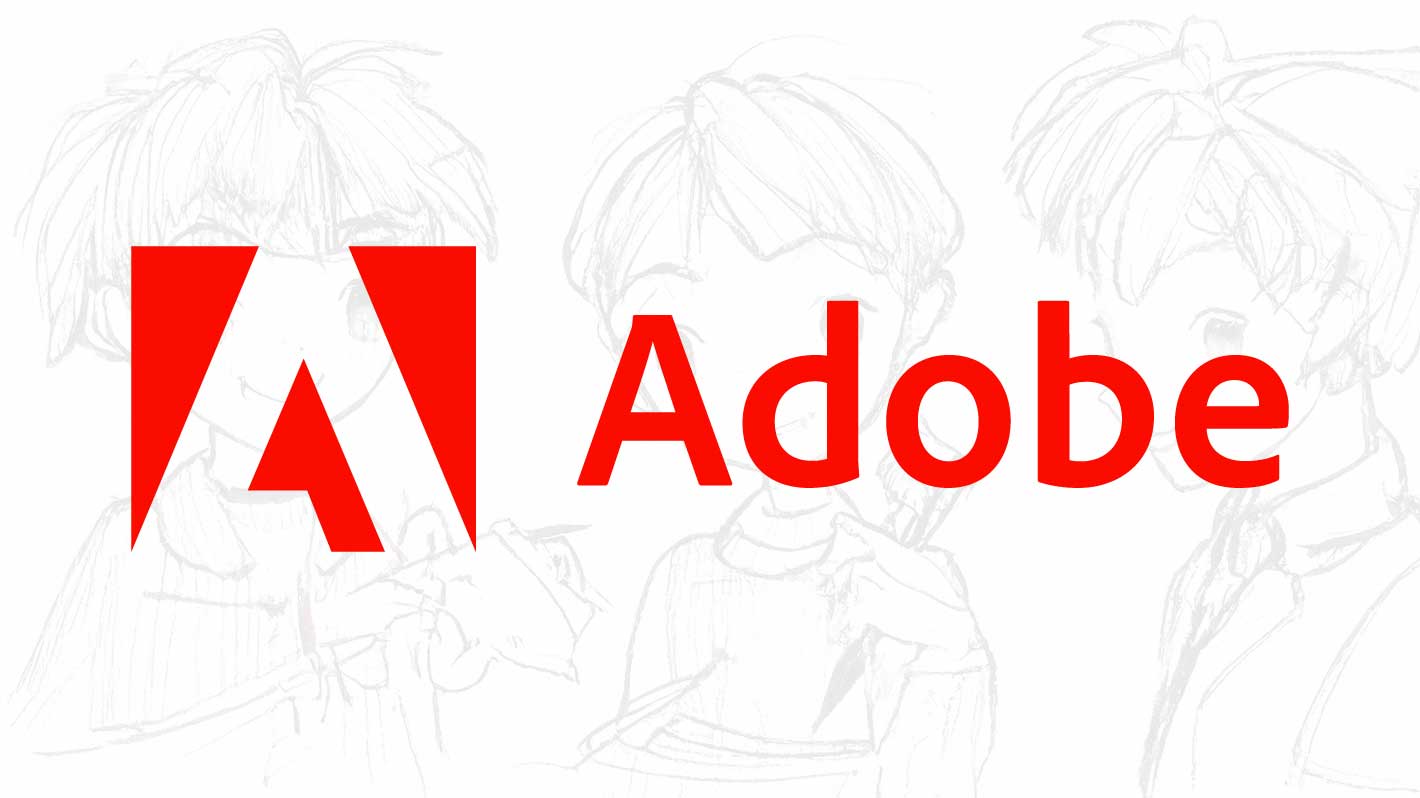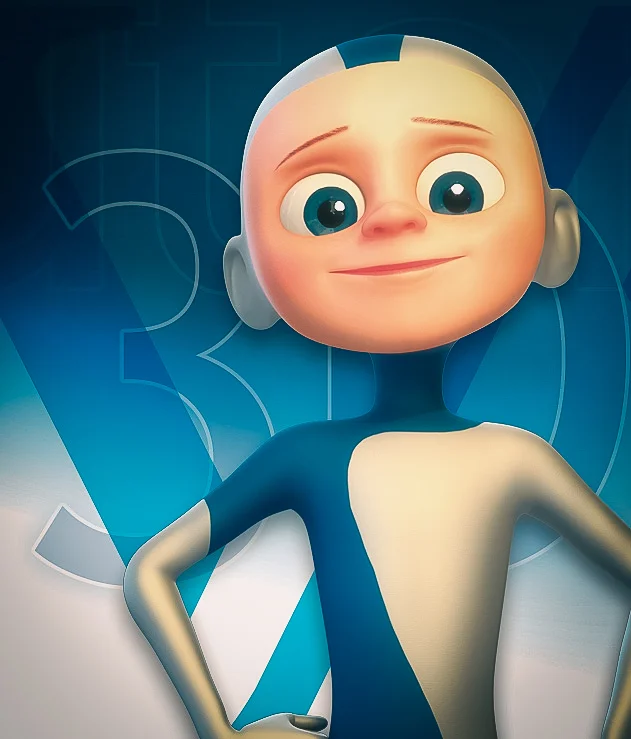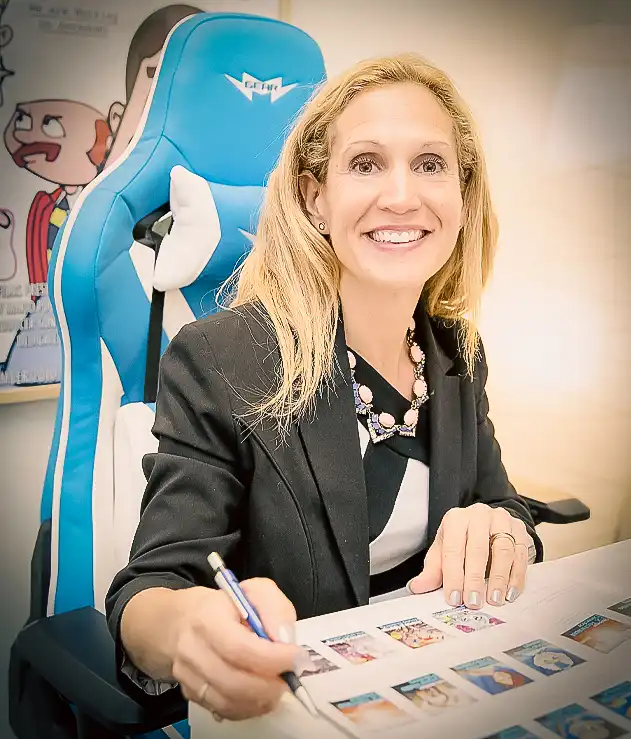 Image: Adobe Logo (Wikipedia)
Image: Adobe Logo (Wikipedia)
Author: VANAS Team
How Adobe Became the King of Animation Software
Table of Contents
- The Early Days of Adobe
- How Adobe Took Over the Animation Industry
- The Rise of Adobe Animate
- Why Professionals and Beginners Choose Adobe
- Adobe’s Competition and How It Stays on Top
- The Future of Adobe in Animation
- Frequently Asked Questions
The Early Days of Adobe
Adobe started in 1982 as a small company focused on digital publishing. Back then, animation was mostly done by hand, and computers were still new to the art world. Adobe changed everything with software that allowed artists to create on digital platforms. One of its first major successes was Photoshop, a tool used by designers, photographers, and animators worldwide.
As digital art grew, so did Adobe’s influence. By the 1990s, Adobe had released Premiere Pro for video editing, After Effects for motion graphics, and Illustrator for vector-based design. These programs became essential in the animation industry, helping artists create everything from cartoons to visual effects.
How Adobe Took Over the Animation Industry
Before Adobe became the leader in animation, other software like Macromedia Flash and Toon Boom Studio were widely used. However, Adobe made a game-changing move in 2005 when it acquired Macromedia and took over Flash, renaming it Adobe Animate.
This was a turning point because Flash had already built a strong reputation in the animation community. It was used to create everything from web animations to full-length animated TV shows. Once Adobe took control, it improved the software, integrated it with other Adobe products, and made it even more powerful.
Adobe also expanded its Creative Cloud subscription model, giving animators access to a full suite of professional tools for a monthly fee. This move allowed more students, indie creators, and professionals to use high-quality animation software without paying thousands of dollars upfront.
The Rise of Adobe Animate
Adobe Animate became one of the most widely used tools for 2D animation. It allowed artists to create frame-by-frame animations, rig characters, and export content in multiple formats, including HTML5, GIFs, and videos.
Some of the biggest names in animation, like Disney and Cartoon Network, have used Adobe Animate for their projects. Many famous animated web series also started with this software, proving that it was a reliable tool for both beginners and professionals.
Adobe didn’t stop with 2D animation. It improved After Effects, a program widely used for motion graphics and special effects. After Effects became essential for animators working on commercials, music videos, and even Hollywood films.
Meanwhile, Adobe Premiere Pro became the go-to video editing software, making it easy for animators to bring their work together with sound, effects, and final cuts.
VANAS Online Animation School offers Animation, Visual Effects, and Video Game programs. To launch your career, visit https://www.vanas.ca.
Why Professionals and Beginners Choose Adobe
Adobe dominates animation because its tools are:
- User-friendly – Many beginners start with Adobe Animate because of its simple interface and tutorials.
- Powerful – Professionals rely on Adobe After Effects and Premiere Pro for high-quality animations.
- Industry Standard – Studios prefer Adobe software because it integrates with other programs like Photoshop and Illustrator.
- Constantly Updated – Adobe releases frequent updates with new features, keeping the software competitive.
- Cloud-Based – Creative Cloud allows users to work from anywhere and collaborate easily.
Even though some competitors offer animation software, Adobe’s combination of versatility, ease of use, and integration makes it the top choice for many animators.
Adobe’s Competition and How It Stays on Top
Adobe isn’t the only company creating animation software. Other tools like Toon Boom Harmony, Blender, and TVPaint offer strong competition. However, Adobe maintains its lead by:
- Investing in AI tools – Adobe Sensei, its artificial intelligence technology, helps animators speed up their workflow.
- Providing all-in-one solutions – With Creative Cloud, users don’t need separate software for different tasks.
- Offering industry partnerships – Many animation studios train their teams using Adobe products.
A famous animator once said, "If you want to work in the industry, you have to know Adobe." That’s how much influence the company has on animation.
The Future of Adobe in Animation
Adobe continues to push animation technology forward. Some upcoming trends include:
- Virtual Reality Animation – Adobe is working on VR and 3D animation tools.
- More AI Features – Smart tools that assist with lip-syncing and character movements.
- Cloud Animation – A future where teams can animate together online in real-time.
Despite new animation software entering the market, Adobe continues to dominate by adapting and improving. Its influence is unlikely to fade anytime soon.
VANAS Online Animation School offers Animation, Visual Effects, and Video Game programs. To launch your career, visit https://www.vanas.ca.
Frequently Asked Questions
Why is Adobe Animate popular in animation?
- Adobe Animate is popular because it’s easy to use, integrates with other Adobe products, and allows artists to create high-quality 2D animations for TV, web, and games.
What’s the difference between Adobe Animate and After Effects?
- Adobe Animate focuses on traditional 2D animation, while After Effects is used for motion graphics, special effects, and compositing.
Can you make a career in animation using Adobe software?
- Yes! Many professional animators use Adobe Animate, After Effects, and Premiere Pro in the industry. Learning these programs can help get jobs in studios, gaming, or freelance animation.
Is Adobe Animate better than Toon Boom Harmony?
- It depends on the project. Adobe Animate is great for web and simple animations, while Toon Boom Harmony is often used for complex TV and film projects.
Is Adobe software free for students?
- Adobe offers discounts for students and free trials, but its full Creative Cloud suite requires a paid subscription.
Adobe’s success in animation is undeniable. Whether creating short animations, full-length films, or special effects, its software remains the gold standard for animators worldwide.







